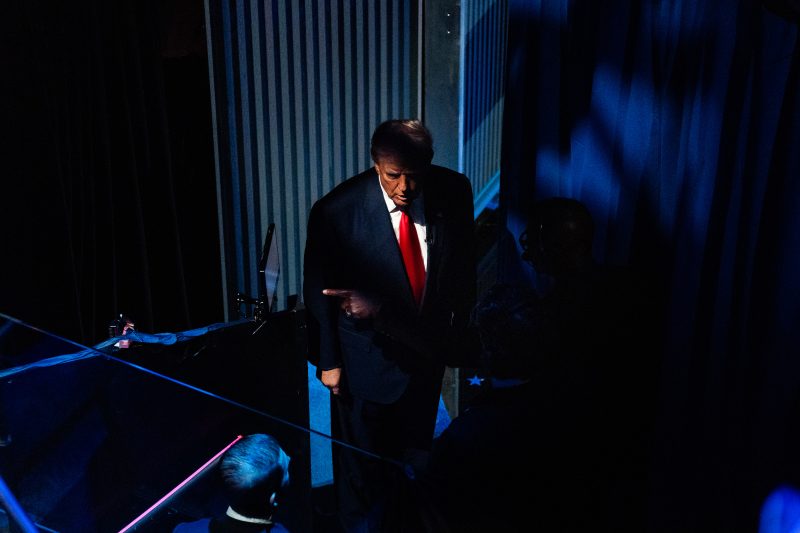In the world of politics, the line between reality and imagination can often become blurred. This phenomenon can be particularly pronounced when it comes to high-profile figures such as former President Donald Trump. Known for his larger-than-life personality and unmistakable brand of bravado, Trump’s perspective on the world is a subject of much debate and scrutiny.
The notion of an imaginary and frightening world associated with Trump raises questions about the nature of his beliefs, the impact of his actions, and the perception of reality within his sphere of influence. To fully grasp this complex portrayal, it is essential to explore the interplay between Trump’s perceptions and the broader societal framework within which they are situated.
One of the striking aspects of Trump’s worldview is his penchant for exaggeration and embellishment. Throughout his time in the political spotlight, Trump has been known to make grandiose claims, boastful declarations, and bold predictions that often stretch the bounds of credulity. This tendency to shape his own narrative and project a vision of reality that aligns with his desires has led some to characterize Trump’s world as one that exists largely in his own mind.
The concept of a frightening world linked to Trump speaks to the darker elements of his rhetoric and policy initiatives. From his hardline stance on immigration to his confrontational approach to international relations, Trump’s worldview is colored by a sense of fear, division, and conflict. By tapping into and amplifying these sentiments, Trump was able to galvanize a significant portion of the American electorate and mobilize support for his agenda.
Critics of Trump argue that his imagined world is not just a personal delusion but a calculated strategy to maintain power and influence. By creating an atmosphere of uncertainty, chaos, and discord, Trump was able to position himself as the only force capable of restoring order and stability. This narrative of a dystopian reality in need of a strongman savior resonated with many of his supporters, who saw in Trump a figure who could protect them from the perceived threats lurking just beyond the horizon.
The impact of Trump’s imaginary and frightening world extends far beyond the confines of his presidency. The ripple effects of his rhetoric, policies, and actions continue to be felt in the political landscape and social fabric of the United States. As the country grapples with deep divisions, simmering tensions, and ongoing challenges, the legacy of Trump’s worldview looms large, shaping the contours of public discourse and shaping the dynamics of power.
In conclusion, the portrayal of Donald Trump’s world as both imaginary and frightening offers a compelling lens through which to analyze his character, his leadership style, and his lasting influence. By probing the interplay between perception and reality, truth and fiction, we can gain a deeper understanding of the complexities and nuances of Trump’s worldview. Whether viewed as a visionary maverick or a dangerous demagogue, Trump’s place in history is assured, his impact enduring, and his legacy contested.
